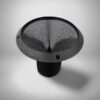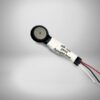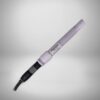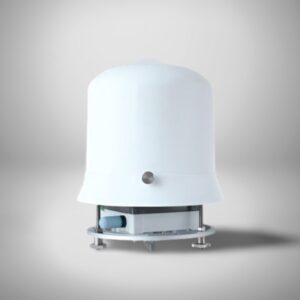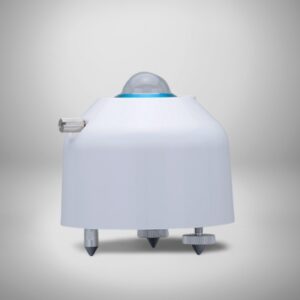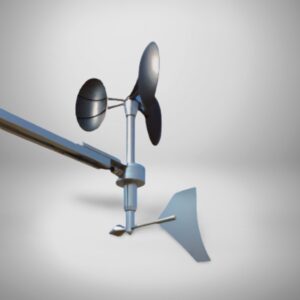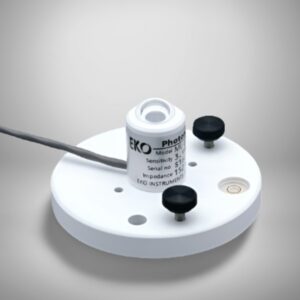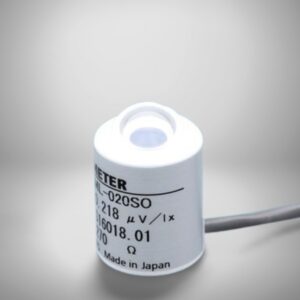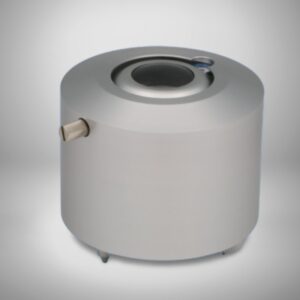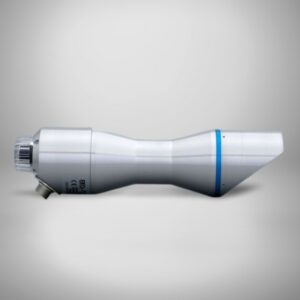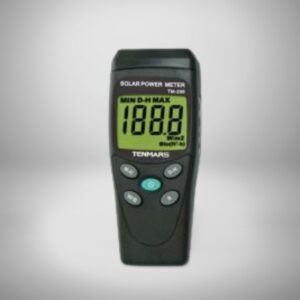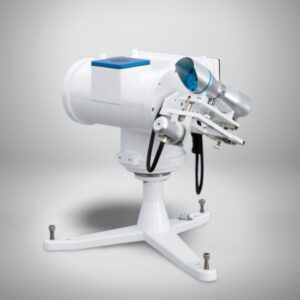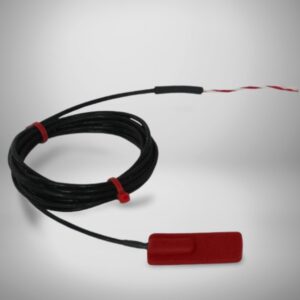A landfill is a designated site where waste materials are deposited for disposal.
Monitoring landfills is important to evaluate the effectiveness of the measures put in place to minimize risks to public health and the environment.
The criteria used to evaluate the performance of a landfill include the amount of waste generated, the quality of leachate, and gas emissions.
Leachate is liquid that drains from landfills as rainwater filters through the waste material. It contains harmful contaminants such as heavy metals, organic pollutants, and pathogens.
Weather stations are crucial for monitoring landfills because weather conditions play a significant role in the functioning of a landfill, and the data collected by weather stations can help landfill managers make informed decisions regarding the management of waste at the site. The main components of weather monitoring systems used in landfill monitoring include rainfall, evaporation, wind speed and direction, solar radiation, temperature, humidity, and pressure sensors.


